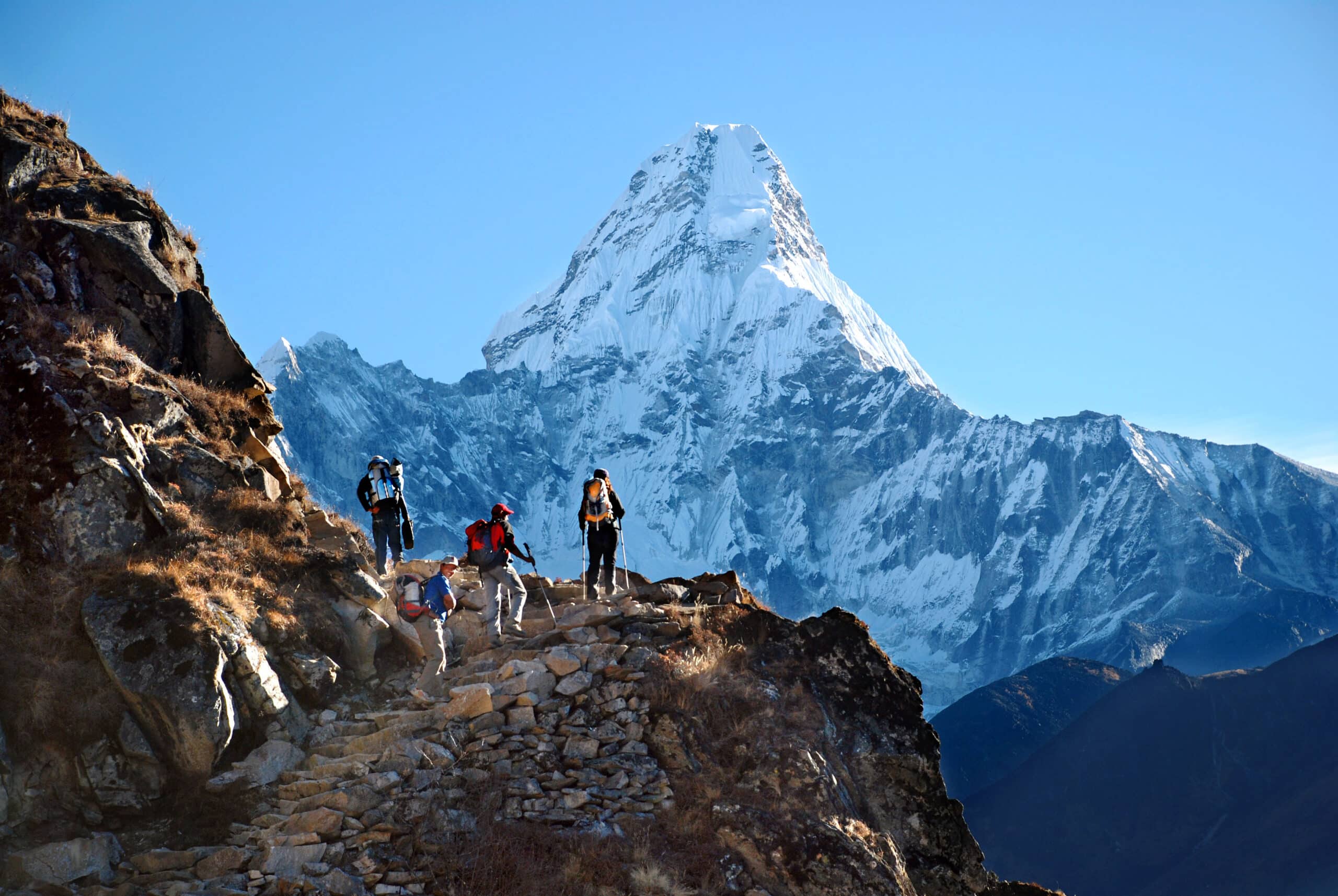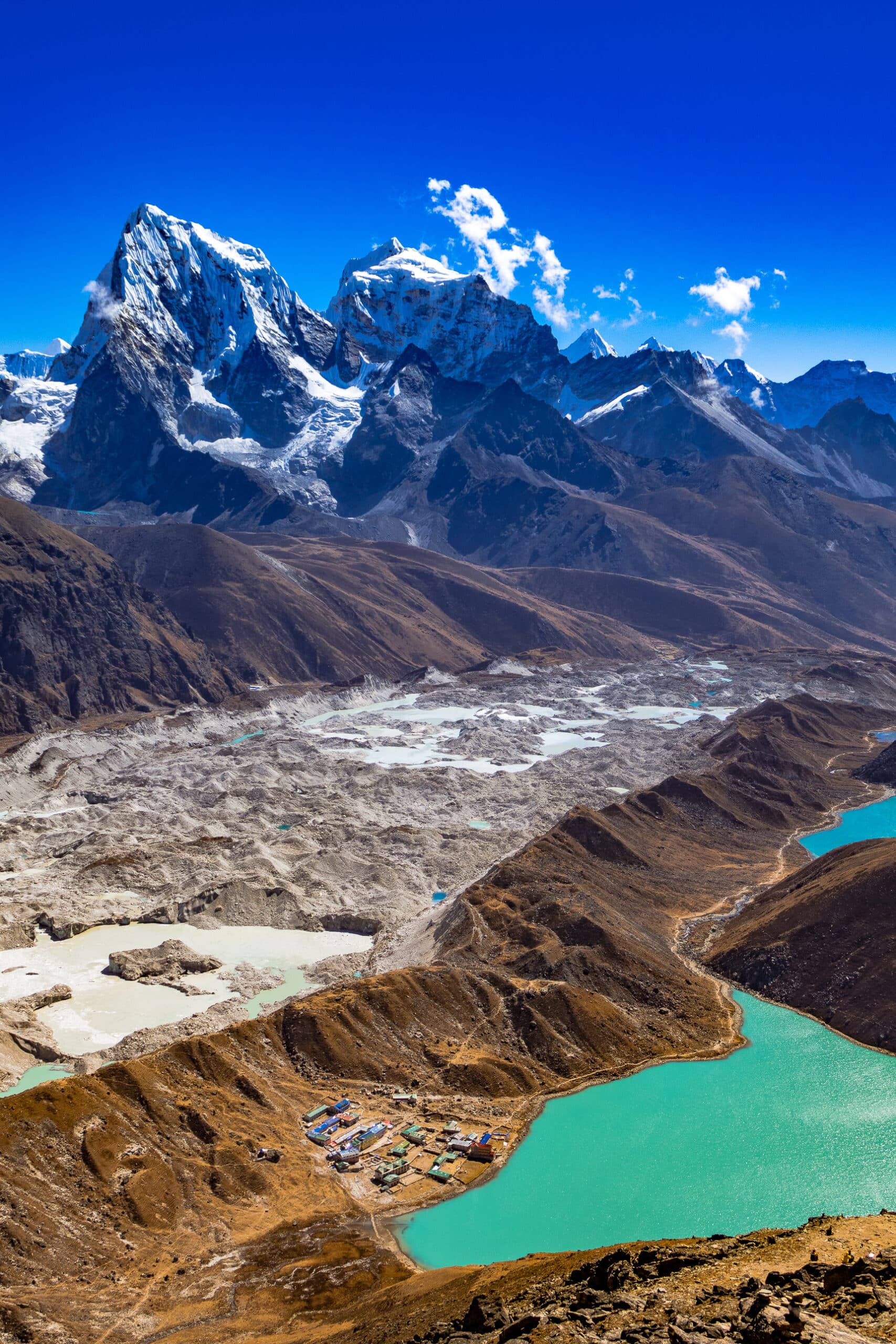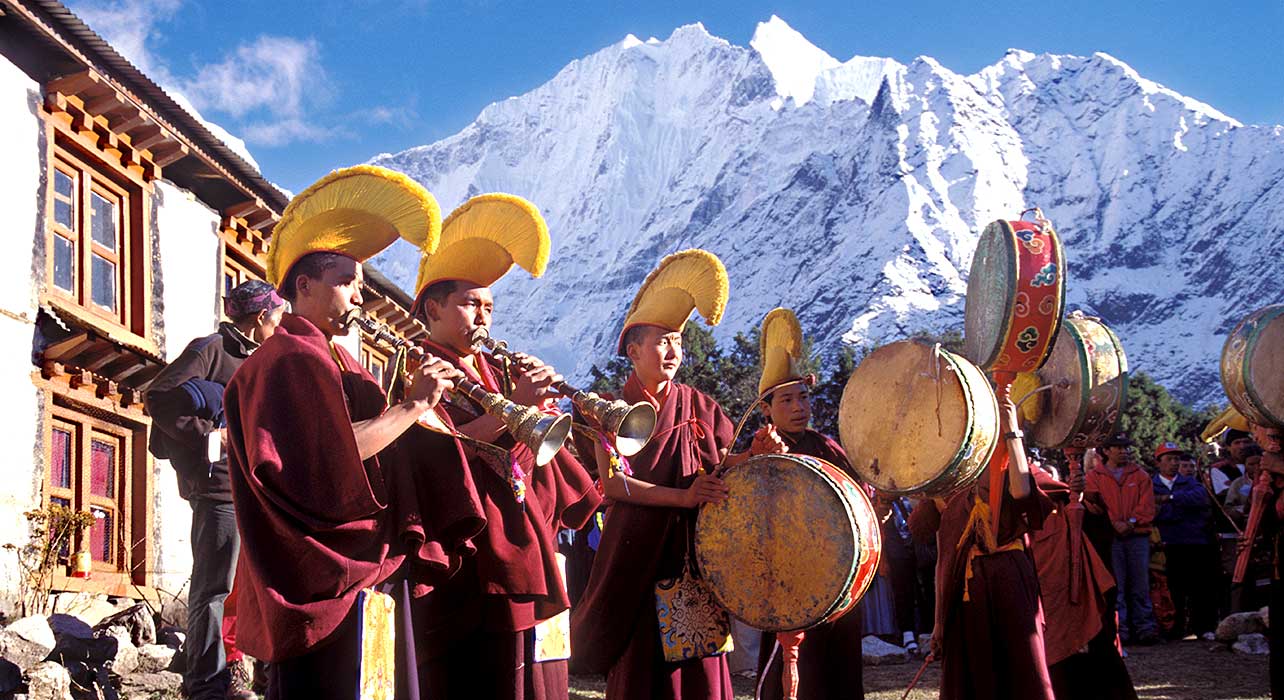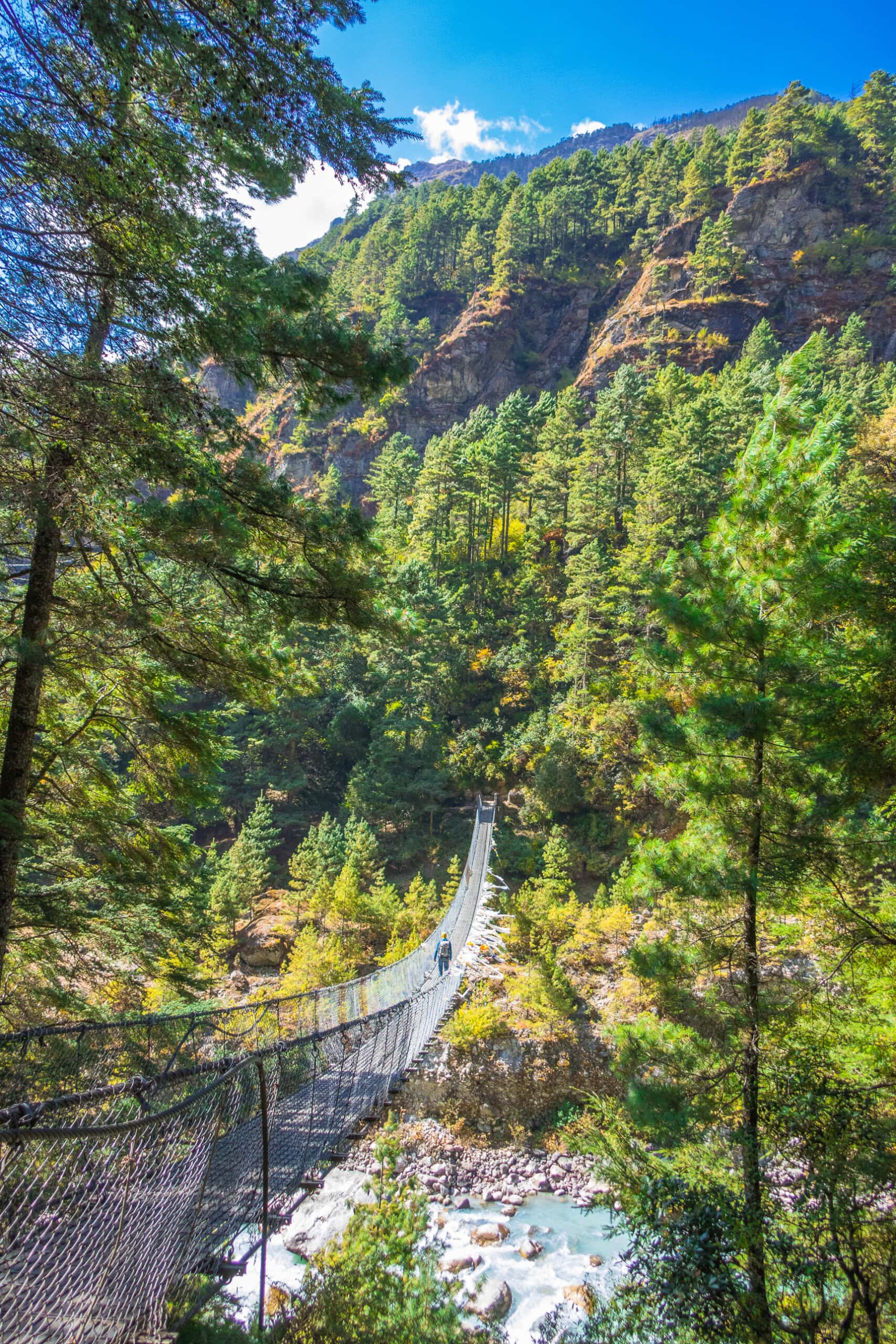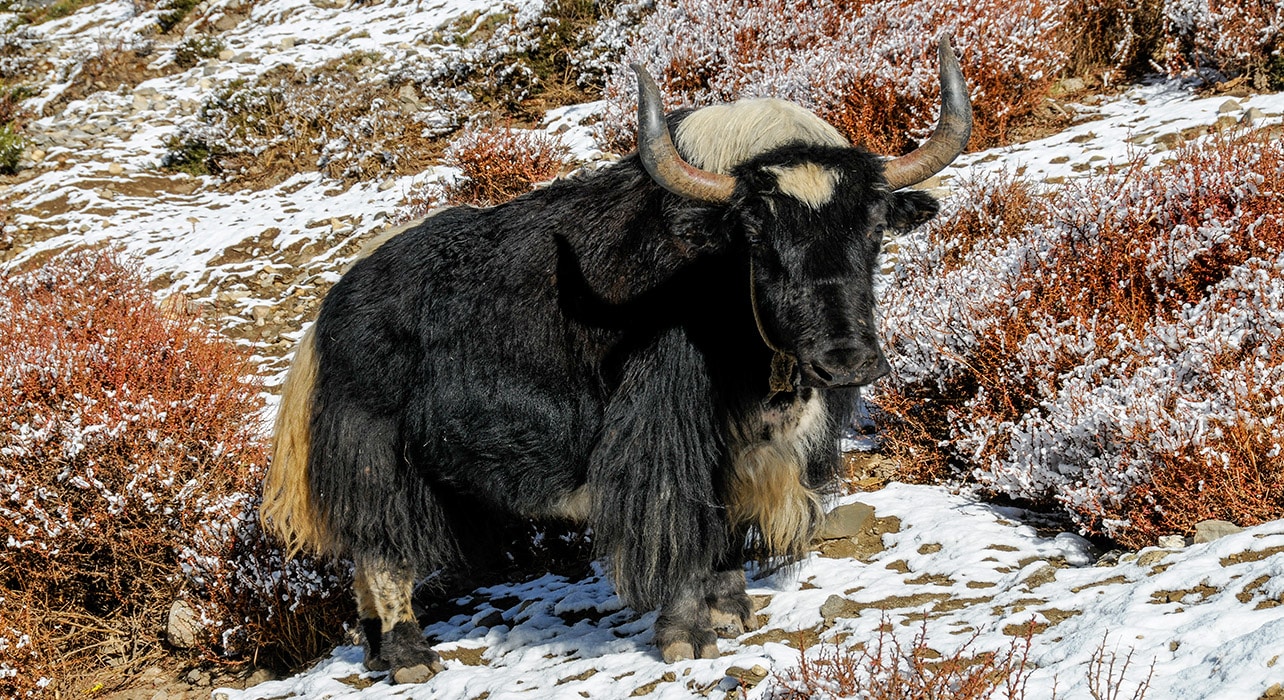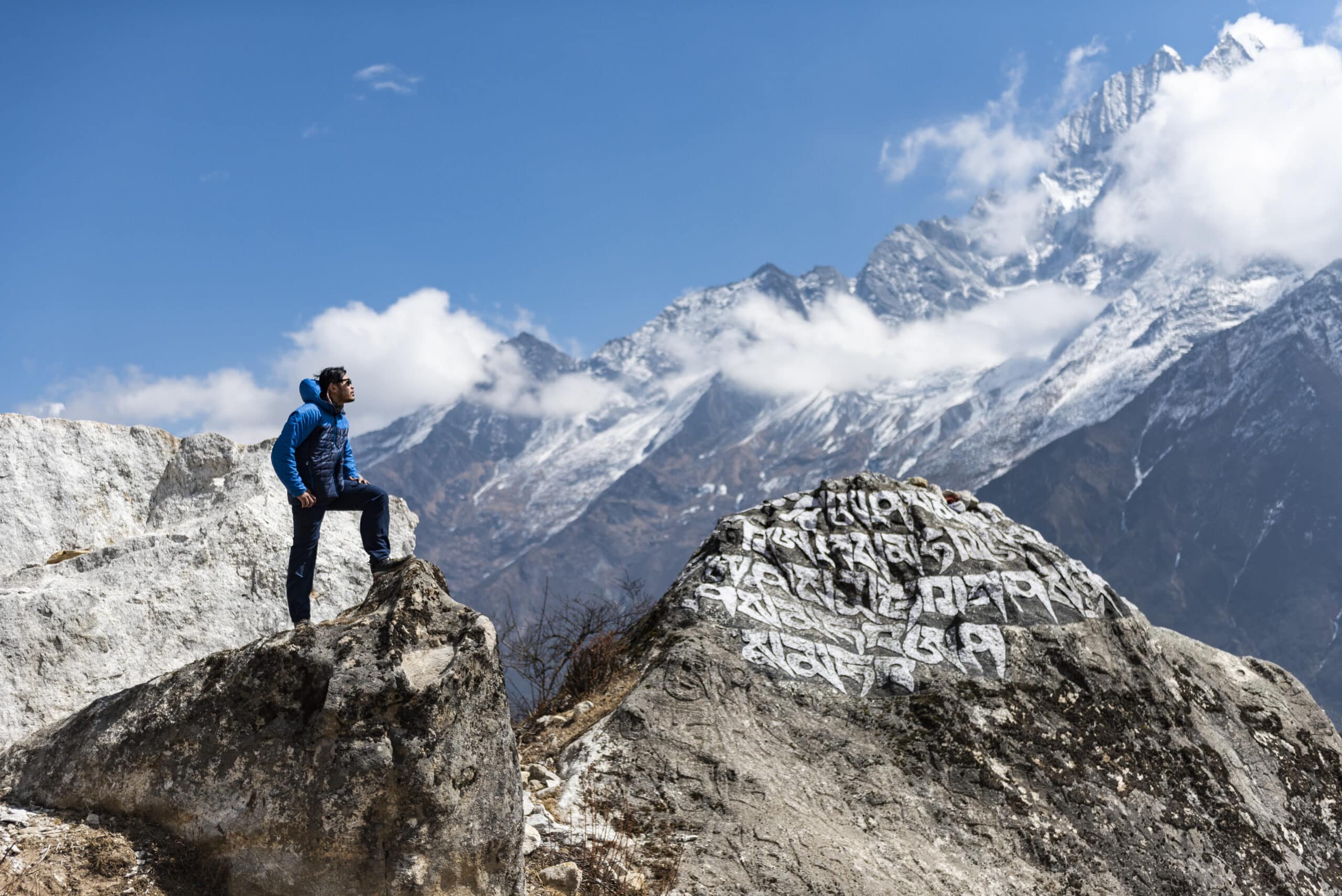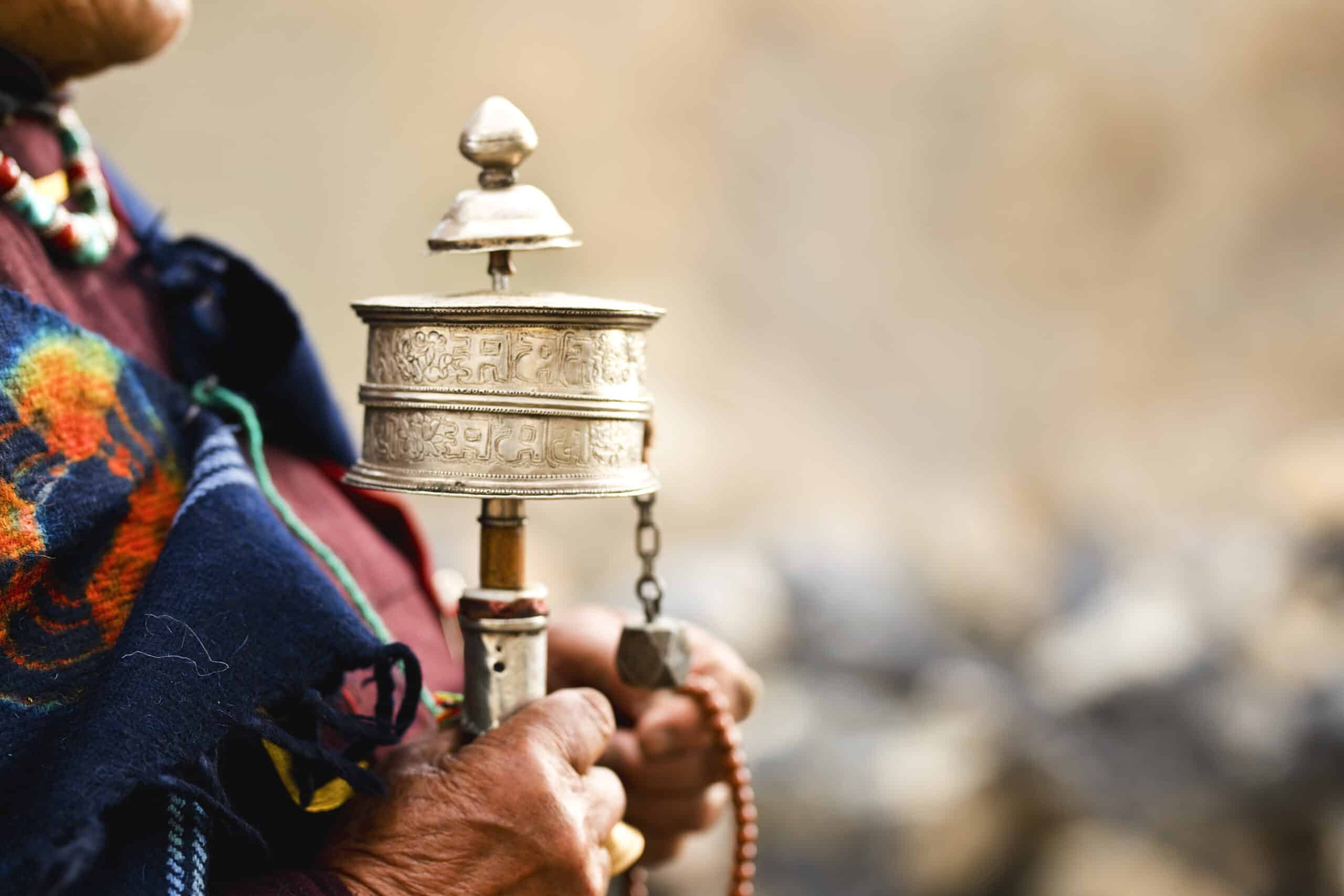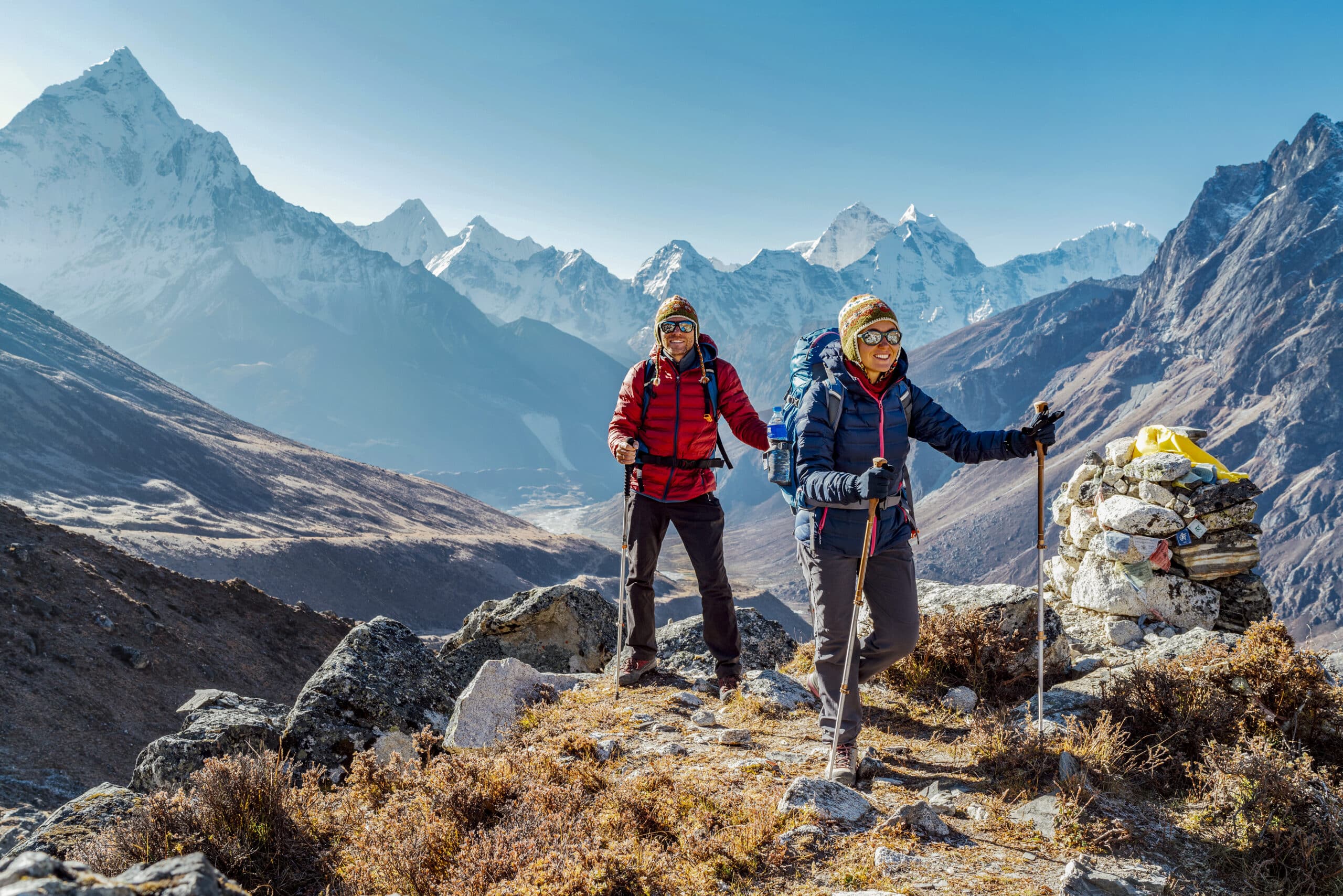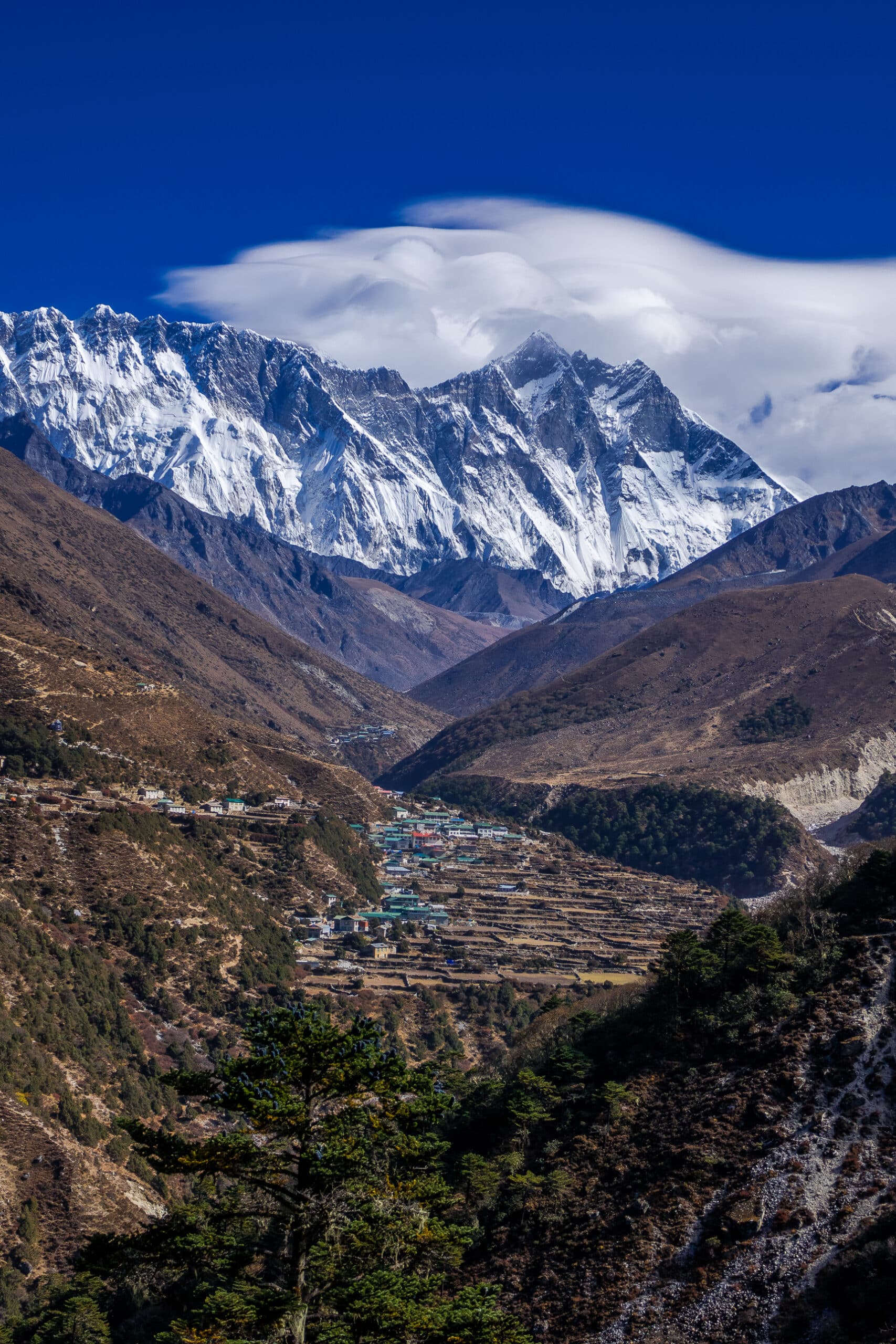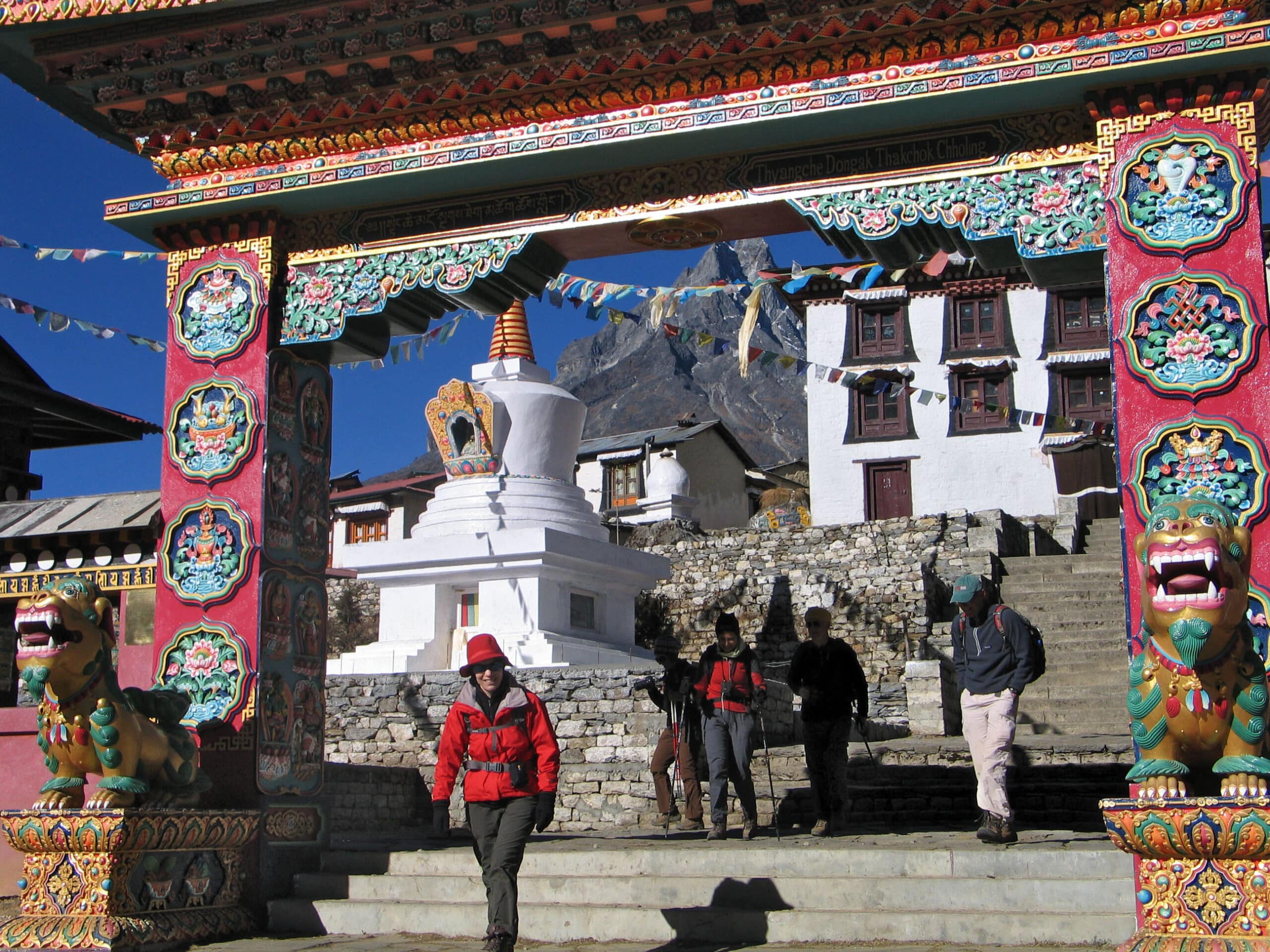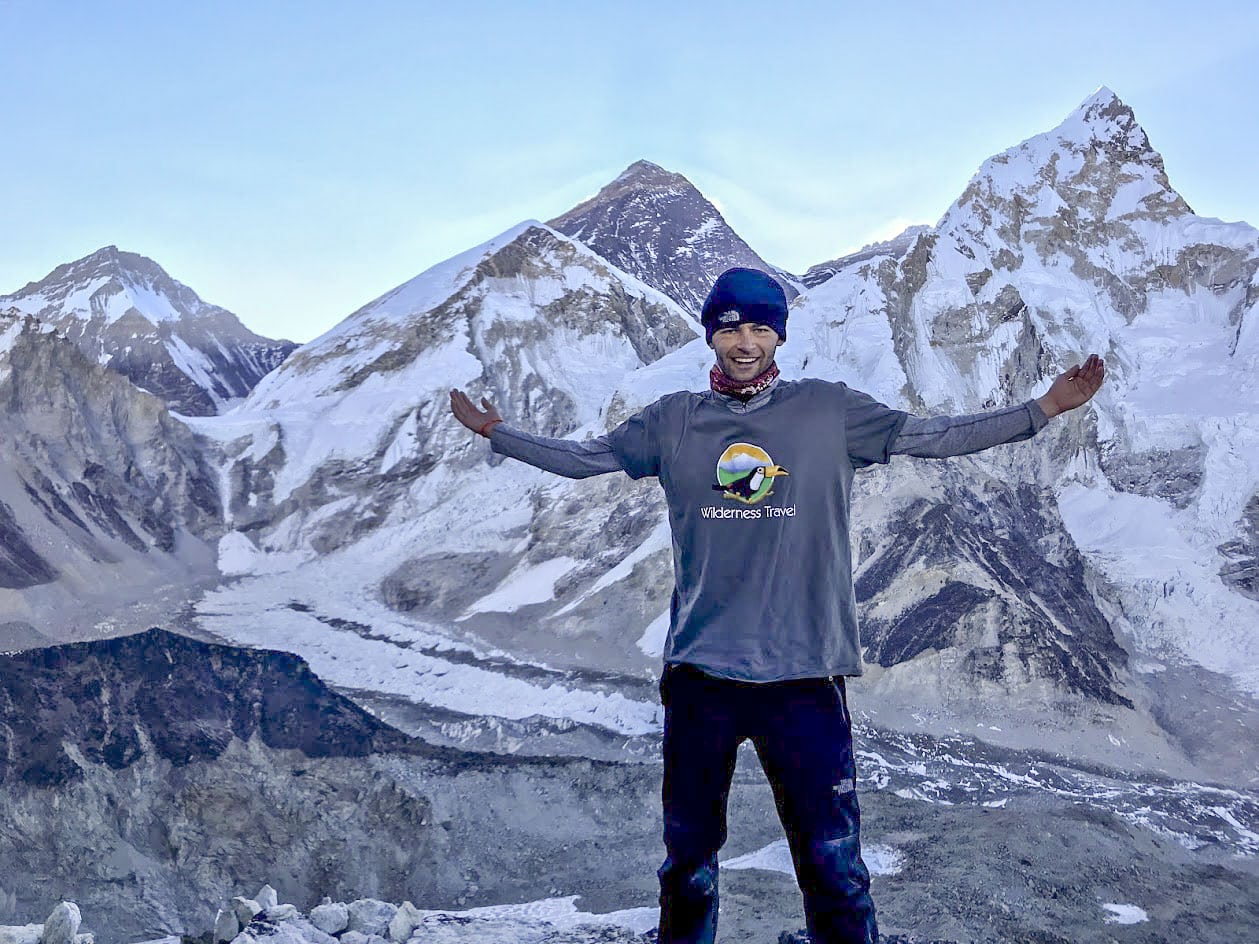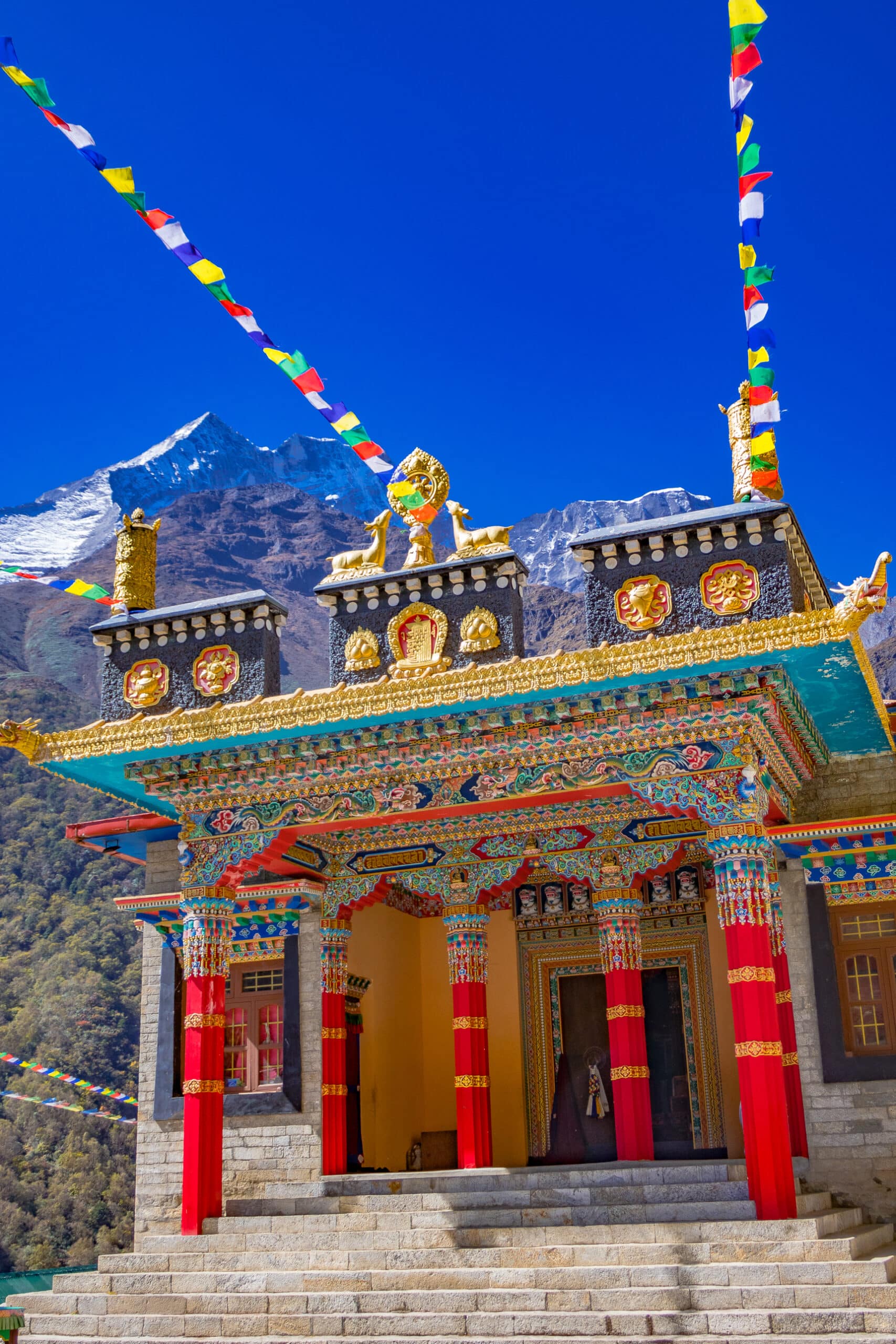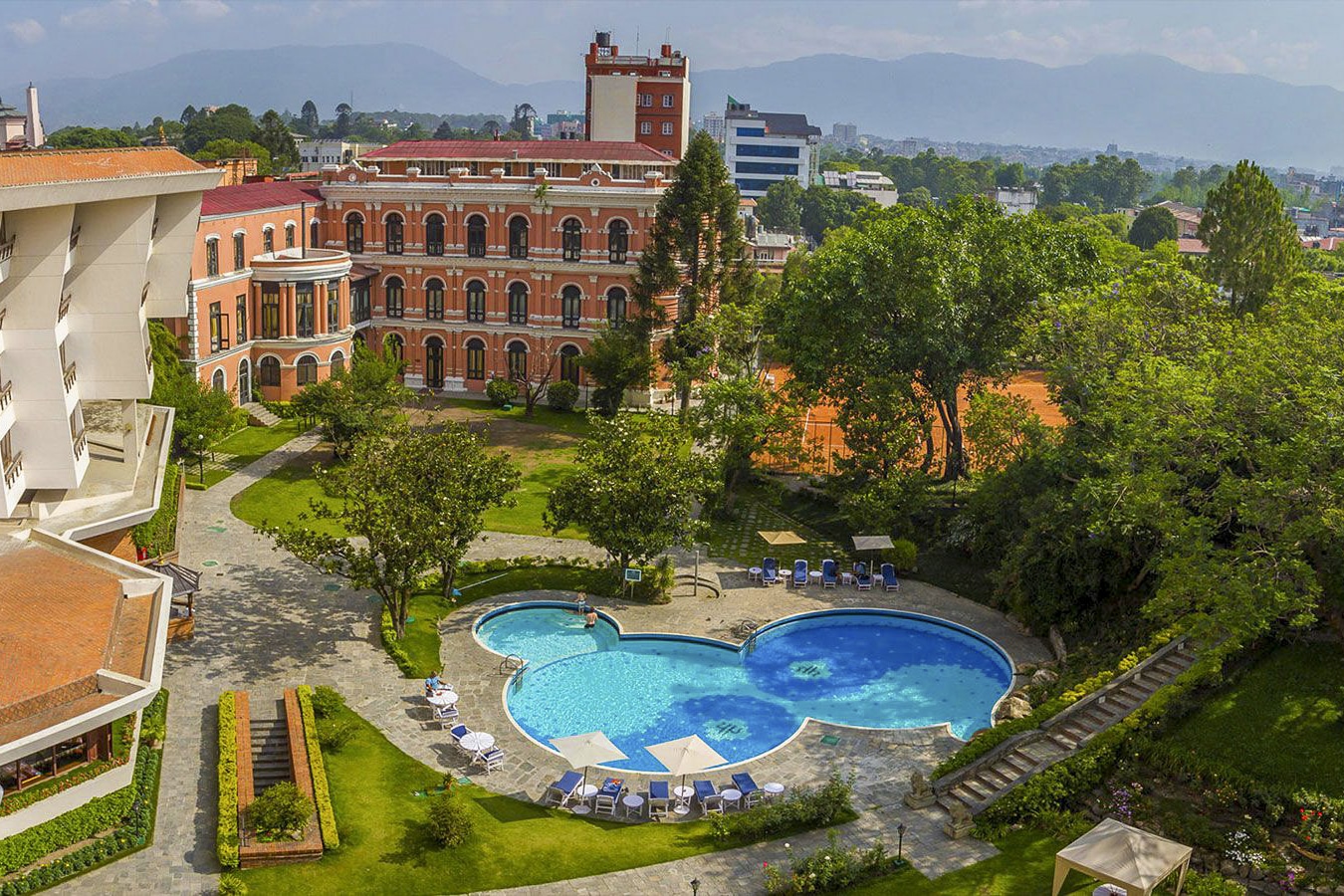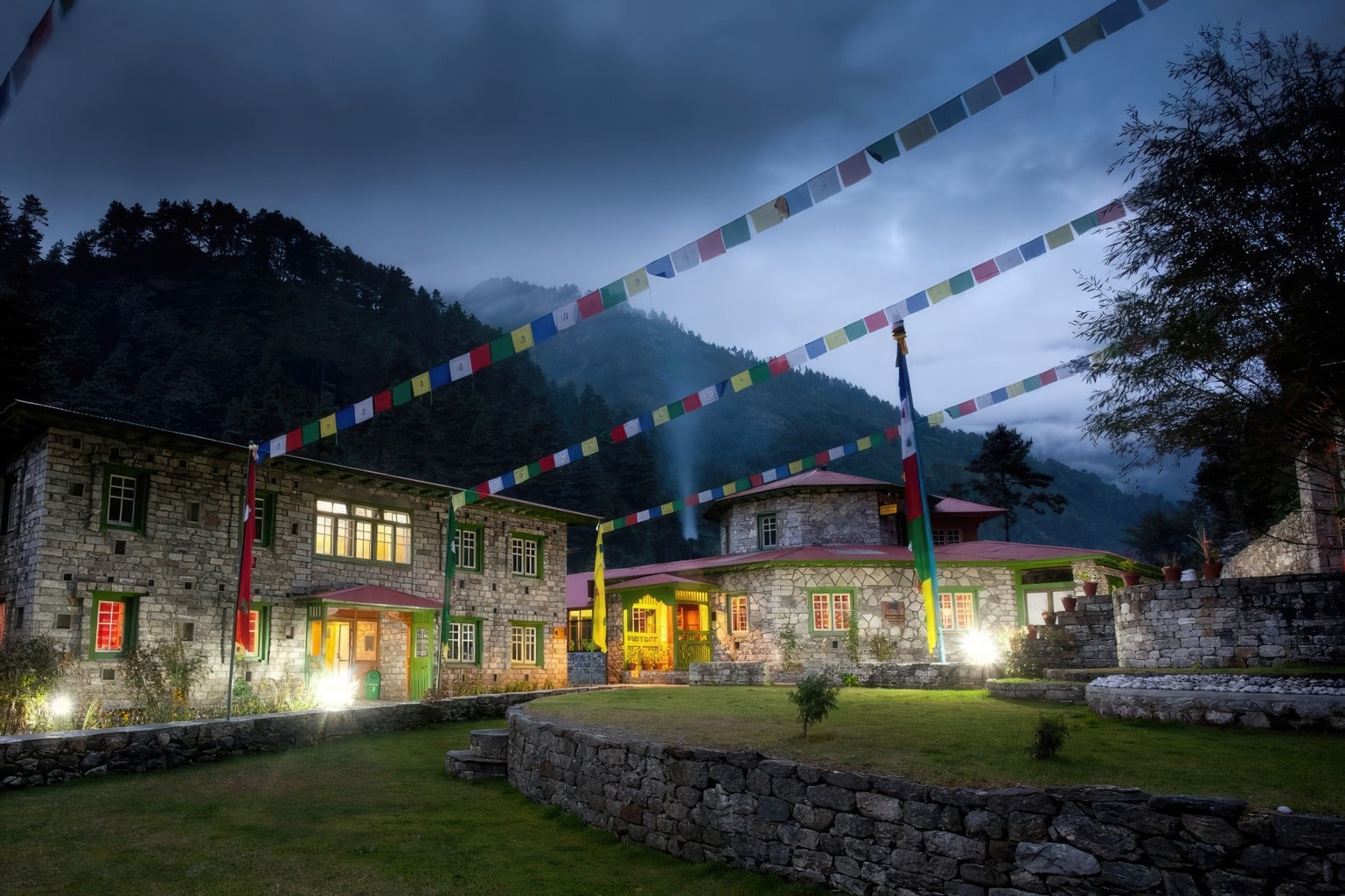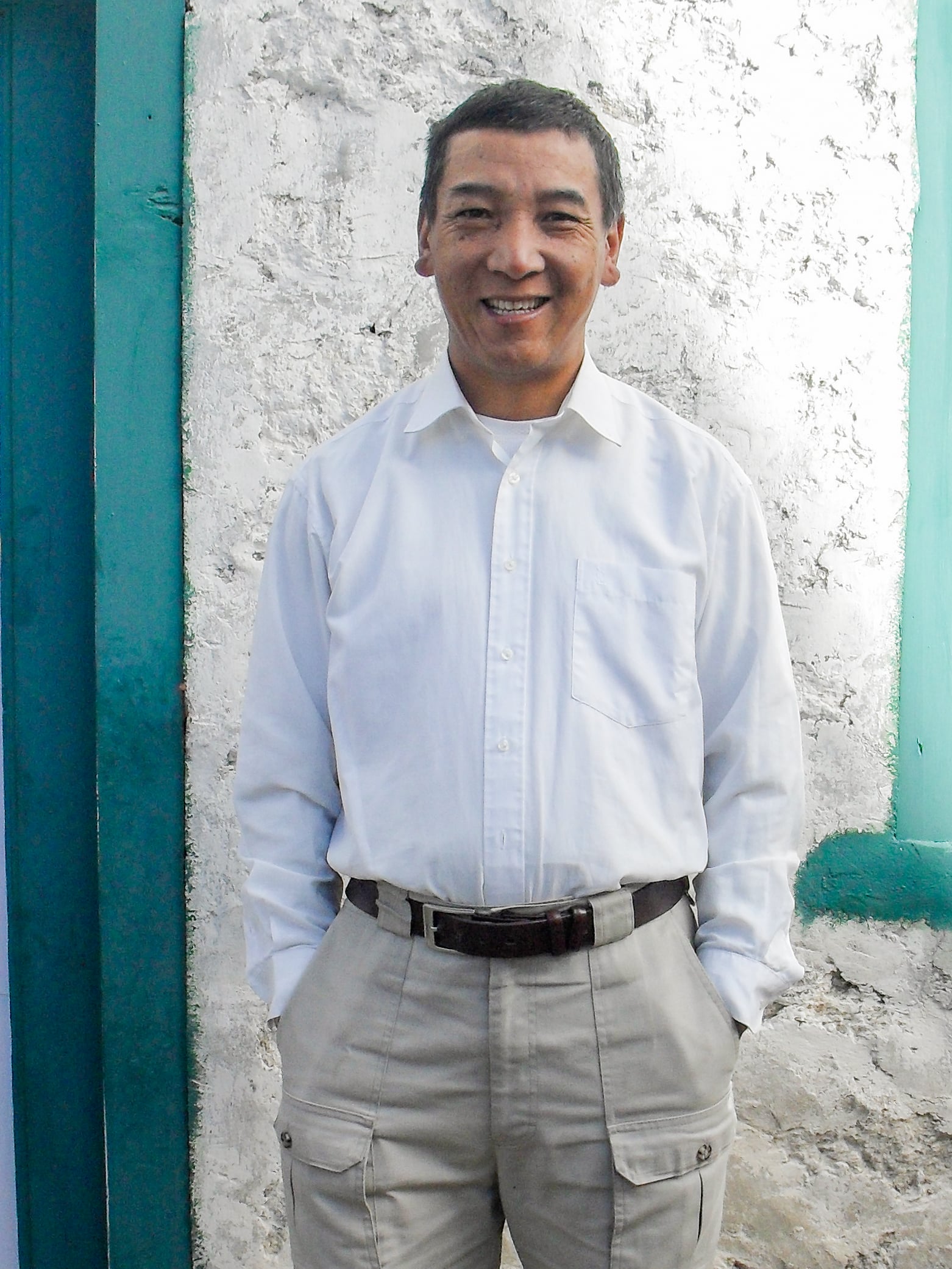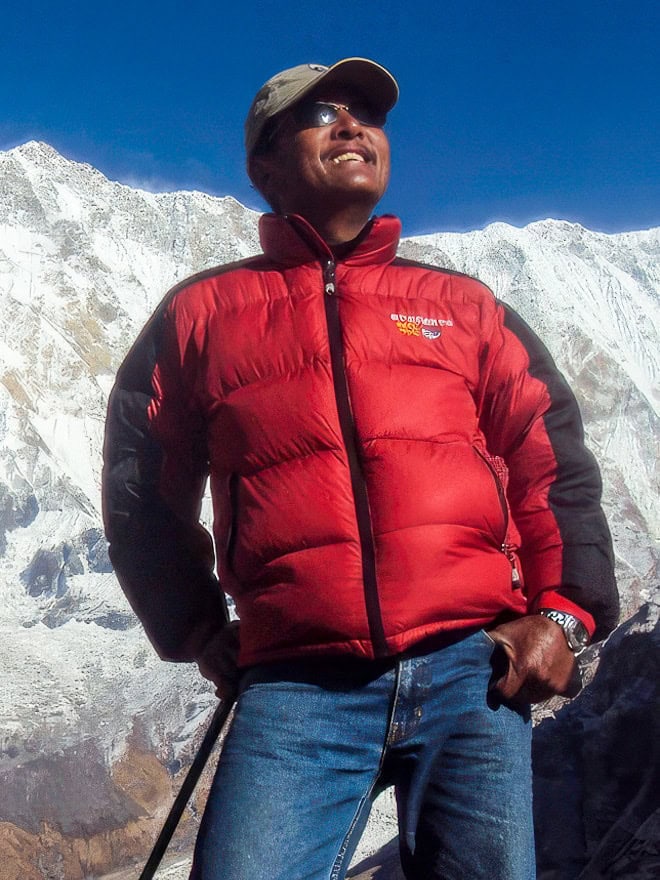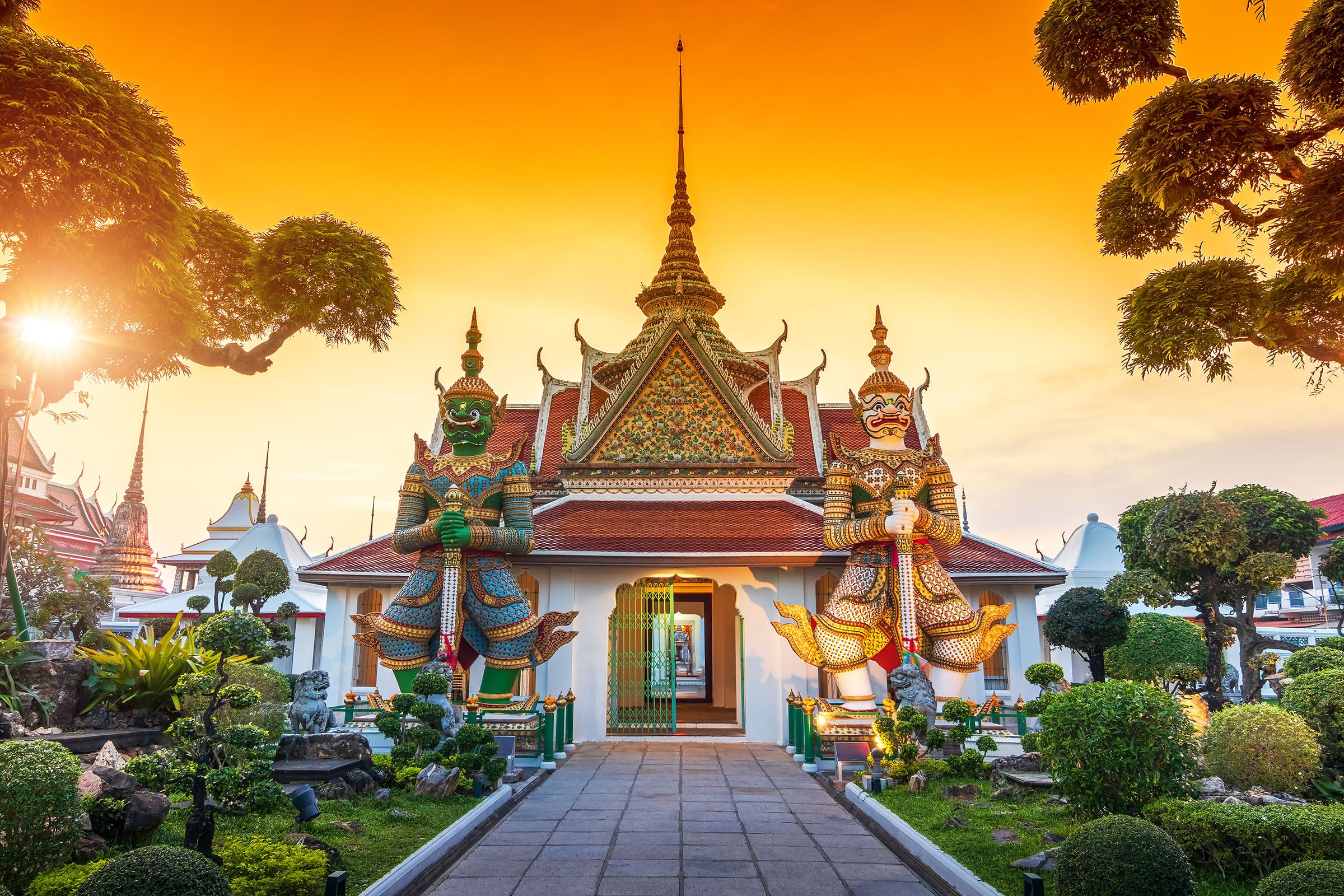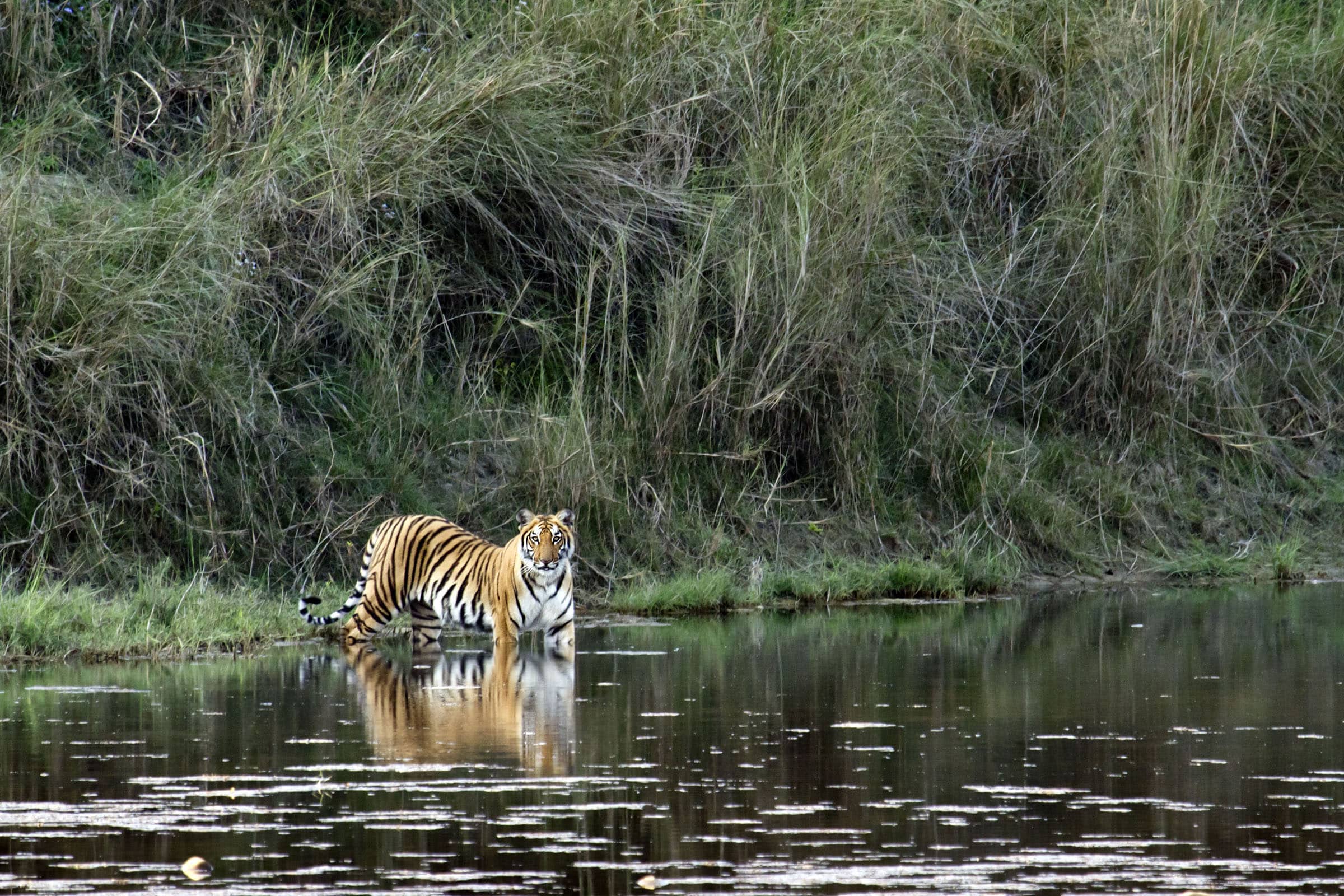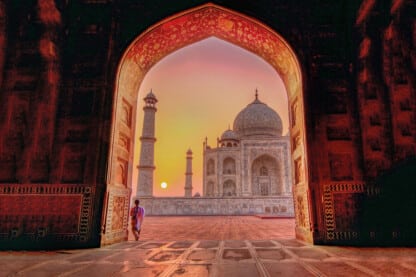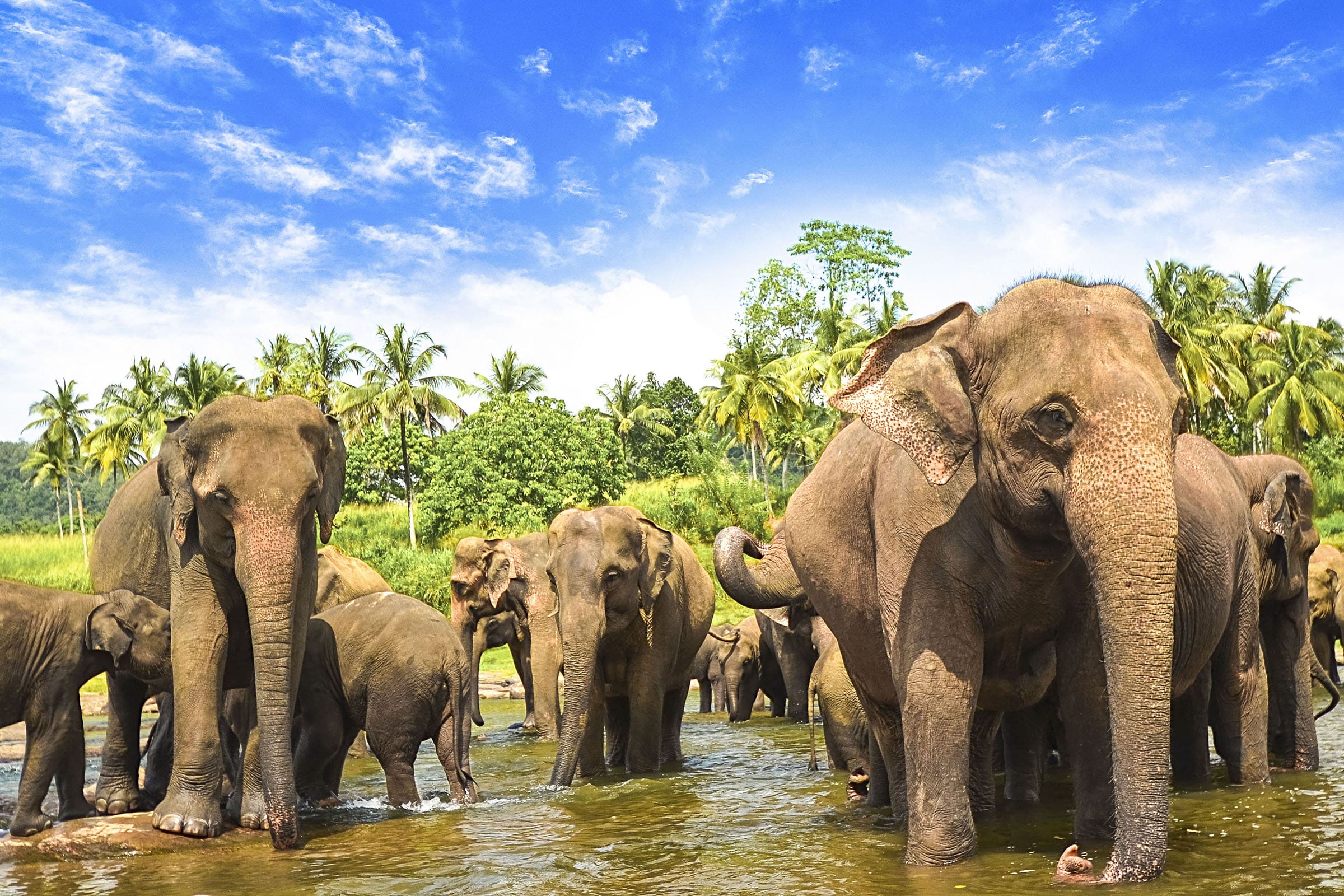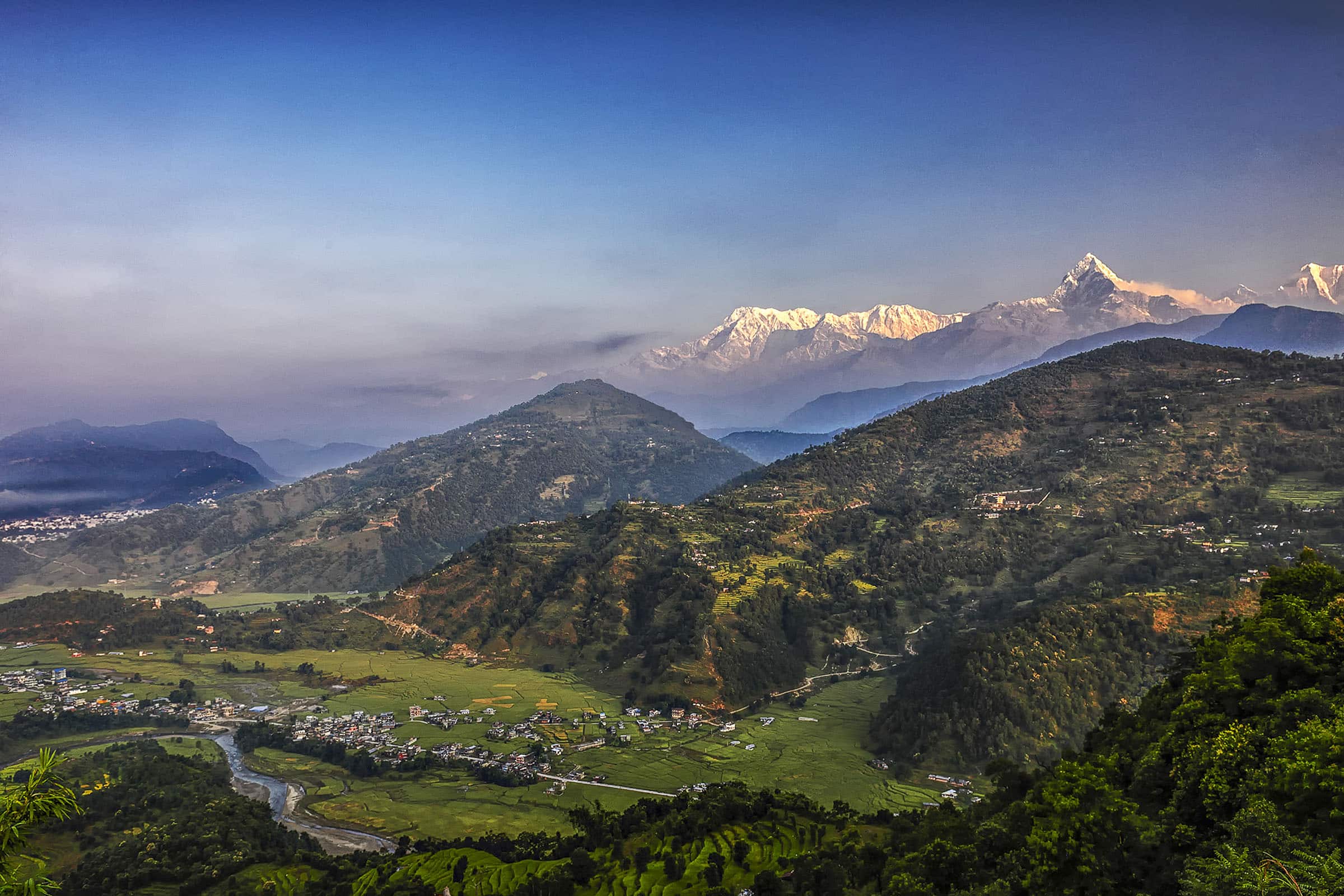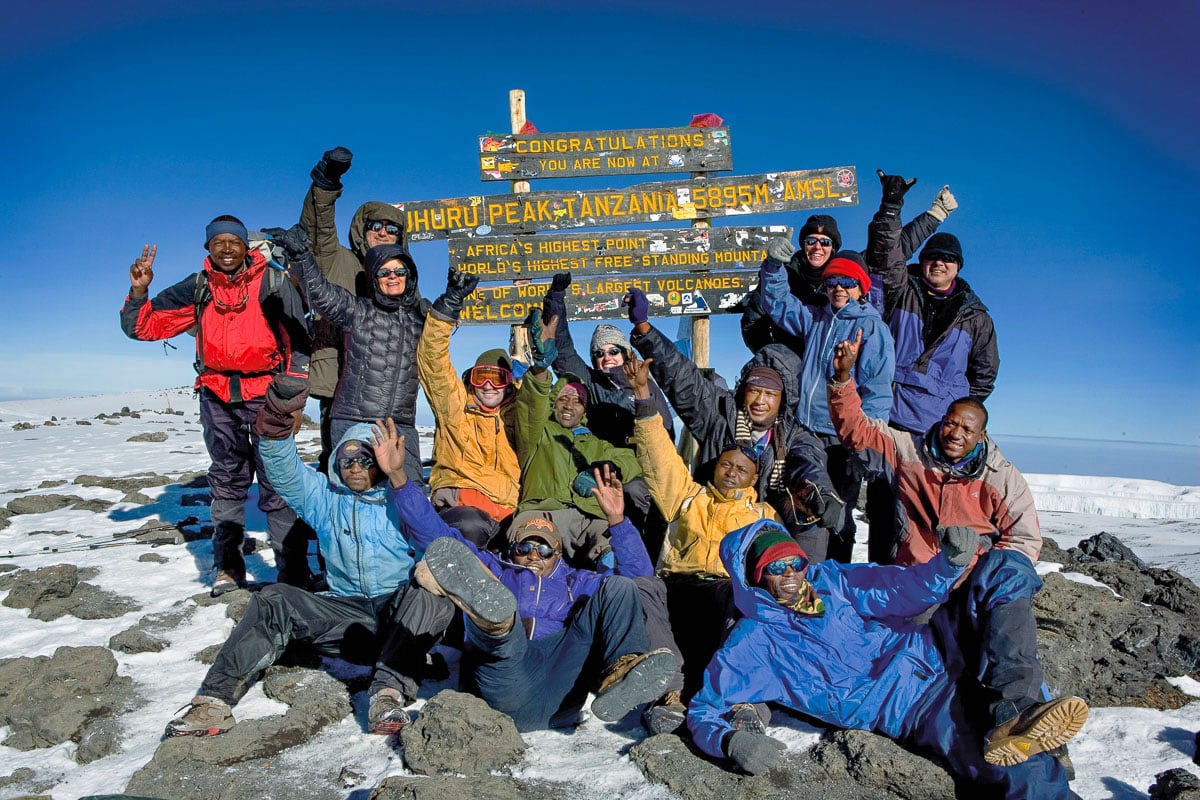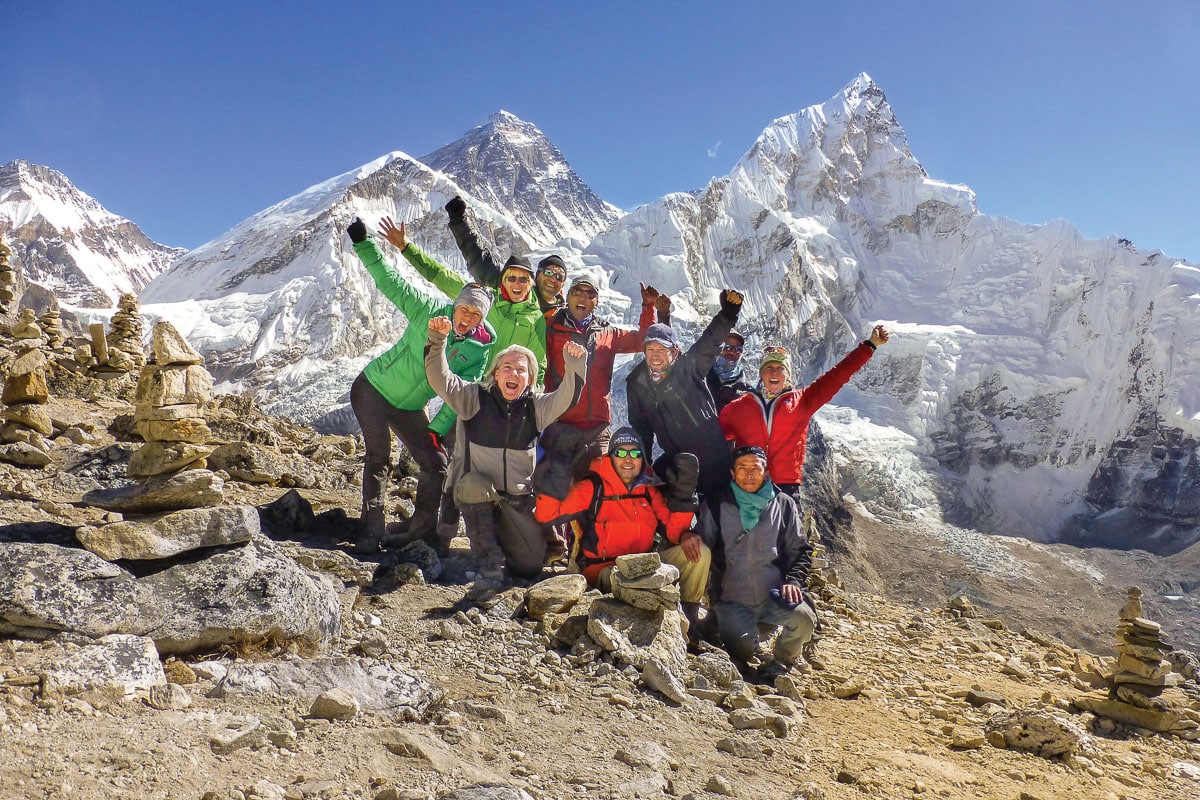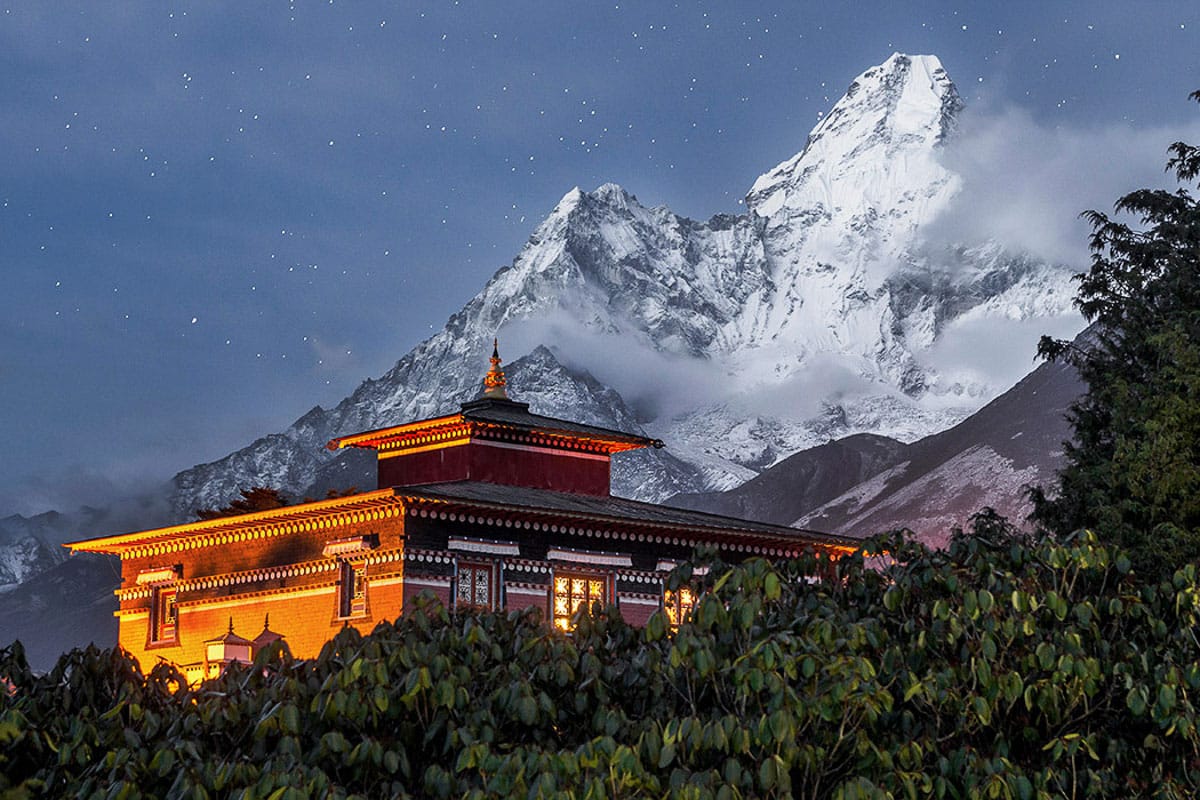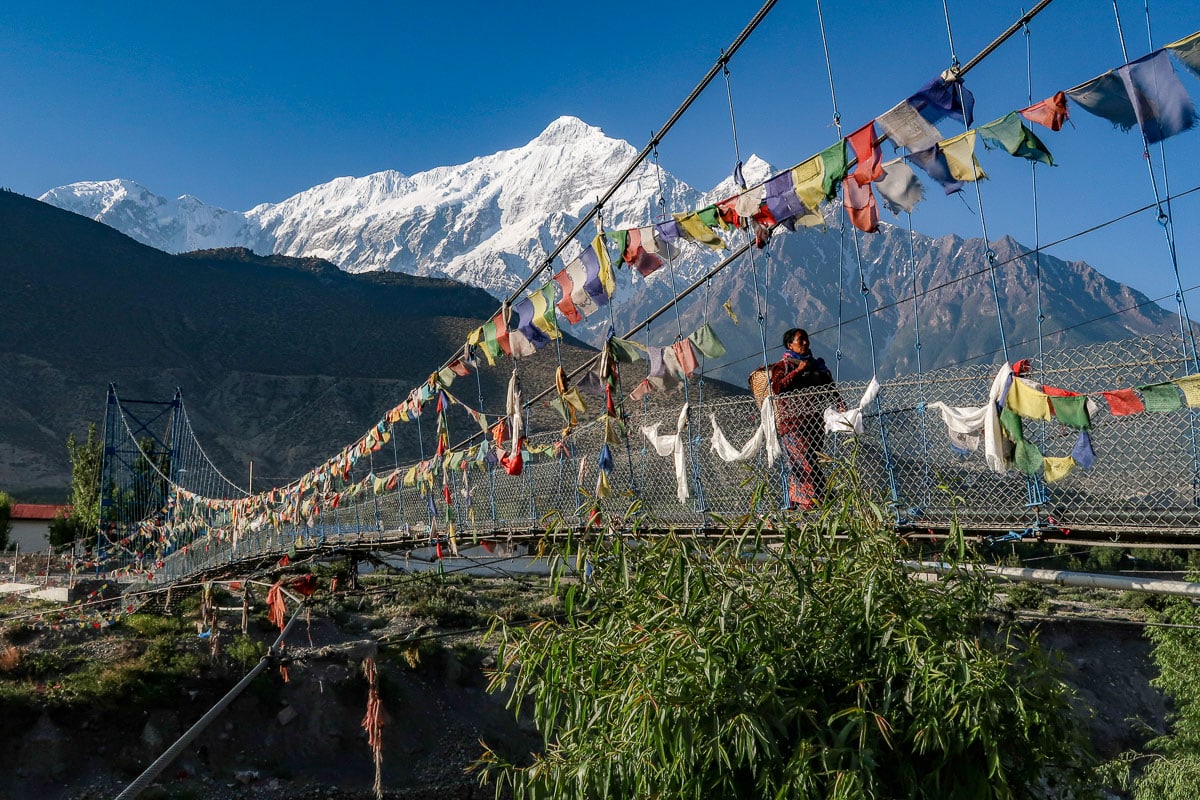
Lodge-to-Lodge on the Greatest Mountain Adventure in the World
Ultimate Everest
Overview
When it comes to absolutely spectacular scenery, this trek has it all! In the high realm of Everest, you'll trek to mystical Tengboche Monastery, explore the base camps of Ama Dablam and Everest, and enjoy stunning views from Kala Patar (18,365'). Then, crossing the snow-covered Cho La to the turquoise lakes of the Gokyo Valley, you'll trek to the summit of Gokyo Ri for the unforgettable view of four of the six highest peaks on earth—Everest, Lhotse, Makalu, and Cho Oyu. It's arguably the most dramatic trek in the world, the adventure of a lifetime, and you can do it all without camping! Family-owned Sherpa lodges keep you comfy throughout this incredible adventure.
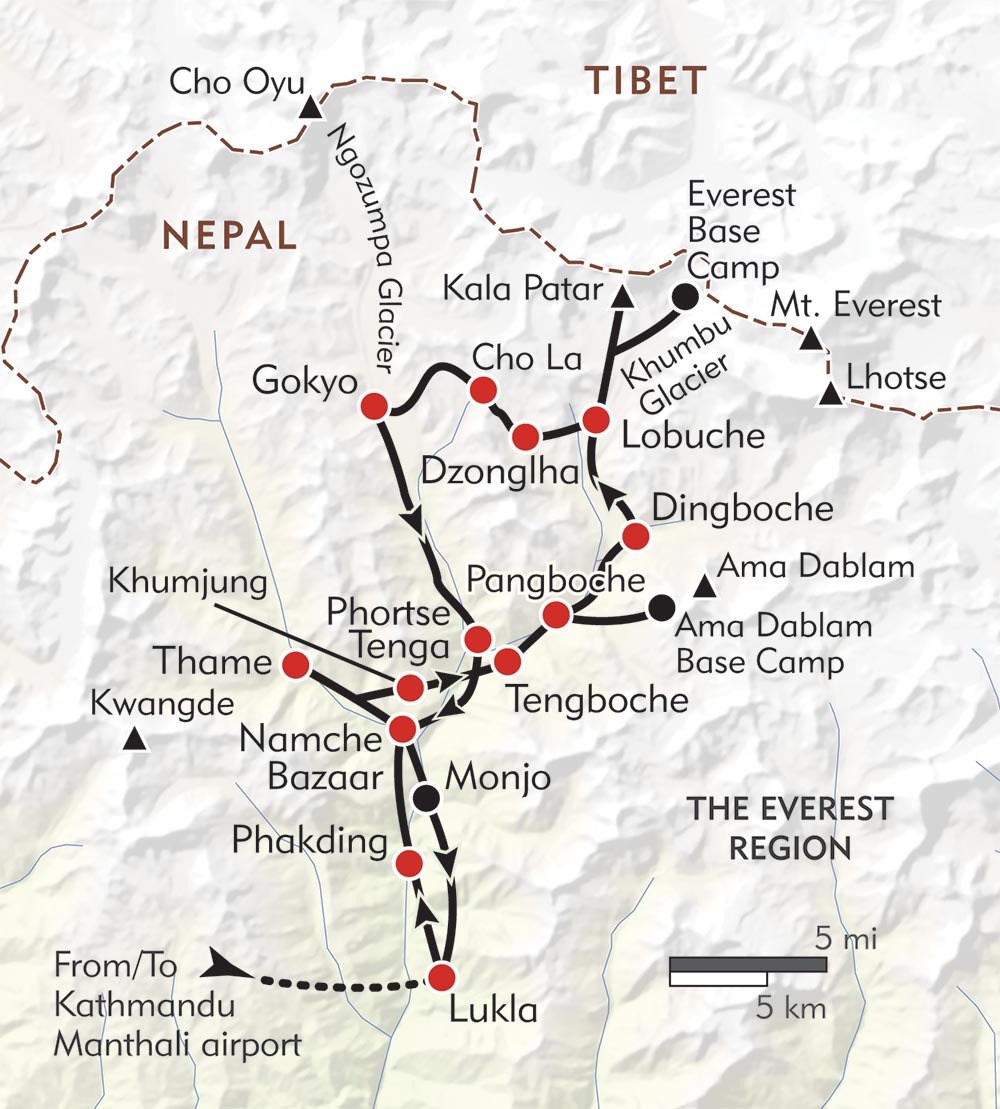

Arrive: Kathmandu, Nepal
Depart: Kathmandu, Nepal
Highlights
- Fantastic Exploration Days at Ama Dablam Base Camp and in the Chukhung Valley
- The trekkers' peaks of Kala Patar and Gokyo Ri, and a hike to Everest Base Camp
- Paced for maximum acclimatization and led by the Khumbu's most experienced guides
- Overnights in family-owned Sherpa lodges—no camping!
Itinerary
Accommodations
Scroll through our signature accommodations for this trip below. Although it is highly unlikely, we may make substitutions when necessary.
What the Trip is Like
Trail conditions are often rough, not the well-maintained switchbacks you may be accustomed to, and there is a good bit of up-and-down (often 2,000- to 3,000-foot gain or loss in elevation per day). For the most part, you can hike at your own speed; the group will spread out along the trail during the day to cover a normal maximum of 6 to 10 miles per day (4-8 hours of hiking). There are a number of days on this trek when the walks are shorter, as well as rest days, allowing opportunities for day hikes and exploring the villages, monasteries, and the beautiful surroundings.
Every participant must understand that this trek is truly challenging—you should be in excellent physical condition. Even though trip members carry only a daypack (with camera, jacket, rain gear, water bottle, and other small necessities you may need during the day), we recommend you make a special effort to get in top physical shape for the trip by hiking, running, swimming, bicycling, or engaging in other forms of aerobic exercise well beyond your normal routine. Many activities get heart and lungs into shape, but the most effective way of getting fit for hiking is to hike! Walking up and down flights of stairs is also an effective way to train for the steep ascents and descents in the Himalaya. Bending your knees as you go down stairs will help strengthen your quad muscles. At least two months prior to your trek, we urge you to go on weekend day hikes that involve long uphill and downhill walking.
For this trek, we require your doctor sign the Wilderness Travel Medical Form. Once Wilderness Travel has confirmed your place on the trip roster, no refunds beyond our standard fees will be made if your physician refuses to sign the form. It is very important that you and your physician fully agree that you are physically capable of undertaking a strenuous trek, and equally important that you undertake proper conditioning prior to the trek.
The Trek Leader has the right to disqualify any member from the trip at any time if it is medically necessary, to avoid endangering the group, or if the participant in question is physically unfit for the rigors of the trip. Refunds are not given under such circumstances.
The popular trekking seasons are fall and spring. Nepal lies at the same latitude as Florida, but altitude is the main factor governing temperatures. In the semitropical lowlands of Kathmandu (altitude 4,000 feet), daytime temperatures can be quite warm, in the 70Fs and 80Fs, with cool, misty nights. It rarely snows below 7,000 feet.
At altitudes of 8,000 to 10,000 feet, daytime temperatures can be in the 50Fs and 60Fs for fall trips and 60Fs and 70Fs for spring trips. Nights are cool to cold, often in the 40Fs. Skies are generally clear, although the spring has more precipitation (but Nepal's famous rhododendron forests are in full bloom in the spring). Clouds often form in the afternoons, disappearing at night to reveal brilliantly starry skies.
At altitudes over 10,000 feet, weather is unpredictable and the wind chill factor comes into play. Daytime temperatures at these heights can be in the 60Fs, but also as low as the 30s and 40s, especially if it is windy. Temperatures drop very quickly when the sun goes down, and evening/nighttime temperatures at high altitudes often drop to around 15°F and sometimes lower. We frequently encounter sub-zero nighttime temperatures on Khumbu treks and you should anticipate chronic cold weather. Snow is not uncommon at higher elevations, and rain is always a possibility throughout the trek.
Our own experienced cook crew is part of the Wilderness Travel trekking staff, and all our meals at the lodges will be prepared by them. Our cooks are professionally trained and offer a good variety of hygienically prepared meals. Our drinking water is always boiled and treated washing water is put out before every meal so you can wash your hands before eating. Meals are a blend of Nepalese and Western dishes. Breakfast is normally a light meal of porridge or granola, with hot milk, tea, coffee, hot chocolate, biscuits, or cookies. Lunches may include potatoes, eggs, curried vegetables, cheese, local-style breads, fruit, tea, hot chocolate or a fruit drink. Dinner is typically soup and a main course such as a noodle dish, or meat or vegetable stew, depending on what is available in local villages. Dessert on trek is usually canned or fresh fruit.
Hiking distances on trek are normally measured in hours, not miles, since maps aren't really accurate enough to assess how far we walk up and down winding mountain trails. On a typical trek day, wake-up is around 7:00 am. After packing up our duffels and having breakfast, we set off on the trail. We ask you not to hike ahead of the leader because trails are often not well-marked. We typically walk for three to four hours in the morning, then stop for a leisurely lunch of an hour or more (either in a lodge or picnic-style at a scenic spot on the trail).
After lunch, we walk for another three hours or so until we reach our next night's lodging, where we can enjoy a cup of tea and a snack on arrival. On our exploration days, we occasionally have more time in the morning or afternoon near the lodge to rest or for further individual exploration. Temperatures drop quickly as the sun falls behind the peaks, and it's easy to get chilled after exerting yourself for several hours, so have an extra layer of clothing ready.
Our treks are led by an experienced English-speaking Sirdar (leader) who is ably assisted by a team of assistants and a trail crew. He and his team have a deep connection with the Himalayas and are wonderful trailside companions, hiking with you throughout each day on the trail, providing good company, and making sure that you are comfortable and hiking at a pace that suits you.
There are dangers inherent in any expedition traveling to remote wilderness regions, especially when they involve travel to high altitude. These dangers include everything from rock falls to the possibility of a serious fall, accident, or sickness without access to means of rapid evacuation, availability of medical supplies, or adequate medical attention once provided. Our Trek Leaders and support crew are experienced veterans of the Nepal Himalaya, but it takes cooperation and flexibility from each participant to ensure a successful trek.
Client Testimonials
"This is a great trip. I have the tremendous satisfaction of having completed a difficult physical trek as well as experiencing beautiful scenery and an interesting culture."
Grady H.
Jacinto City, TX
"It was the trip of a lifetime. I trained hard all summer and it paid off. I enjoyed the trip tremendously."
Jim Z.
Danville, CA
"The Trip Leader had great knowledge of the Everest region and strong relationships with the Sherpa people. This was a life-changing trip of a lifetime! The all-time best trip ever!"
Sandy S.
Denver, CO
"This trip was everything I had hoped it would be and more. Very challenging and very rewarding, it was an adventure I will never forget."
Susan L.
Cobham Surrey, England
Other Trips You Might Like
Browse All TripsBook your trip today
Our Area Specialists know every detail about our tours. They will be happy to answer any questions and help you choose the journey that’s right for you. Contact us to learn more or book your trip today!
Itinerary
Submit the form below to download itinerary
Trip Levels
With more than 200 different adventures to choose from, we want to help you find the trip that’s right for you. Our Trip Level system ranks each trip in two ways: a number rating from 1 to 6 according to the activity, and general travel rigors. 1 is the easiest and 6+ the most difficult—see descriptions below for explanations of each number. A plus (+) sign means the trip is a bit more strenuous than other trips of that level. The detailed explanation of each trip—below the bar with the number rating—is perhaps more important, specifying activities, altitudes, hiking, and travel conditions. The Detailed Itinerary, available by download or mail, gives further information. Our Area Managers can also answer questions and guide you to the trip that best suits your interests.
Level 1 – Easiest
Non-camping journeys, optional walks, little elevation gain or loss.
Level 2 – Easy to Moderate
Hotel nights and/or safari-style camping, hikes of two to four hours on some days. Other physical activities are sometimes included, such as optional sea kayaking.
Level 3 – Moderate
Half- to full-day hikes (3-6 hours) over rolling countryside on most days, occasional steep trails. Many of our hotel-based walking tours are in this category, as are our snorkeling adventures.
- Tuscany & the Cinque Terre
- Argentina: Hikes and Estancias of Patagonia
- Palau Snorkeling & Sea Kayaking
- Some trips with minimal hiking but rugged travel conditions or long drives, such as Tribal Ghana, Togo & Benin, are Trip Level 3.
Level 4 – Moderate to Strenuous
Full-day hikes (4-6 hours), mountainous terrain, significant elevation gains and losses (hiking up or down as much as 3,000 feet) on many days. Altitudes no greater than about 10,000 feet.
Level 5 – Strenuous
Full-day hikes (4-8 hours), mountainous, steep terrain (hiking up or down as much as 3,500 feet) on many days. Trips with hiking at average altitudes of 10,000 to 12,000 feet are in this category.
Level 6 – Very Strenuous
Full-day hikes (5-8 hours), mountainous, steep terrain (hiking up or down as much as 3,500 feet) on many days. Most hikes take place at altitudes above 10,000 feet, with some days ascending as high as 18,000 feet.


